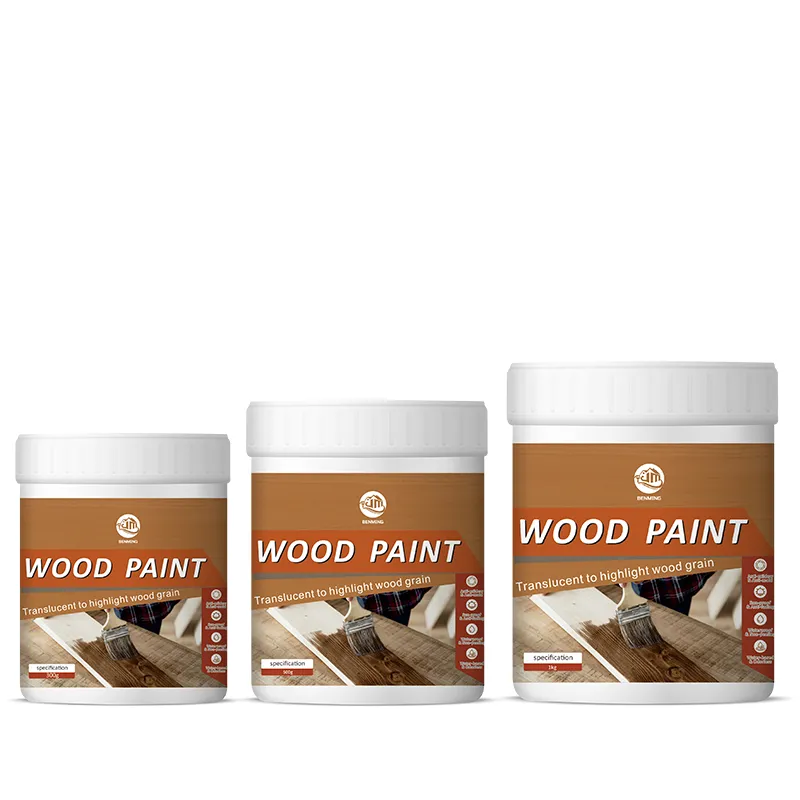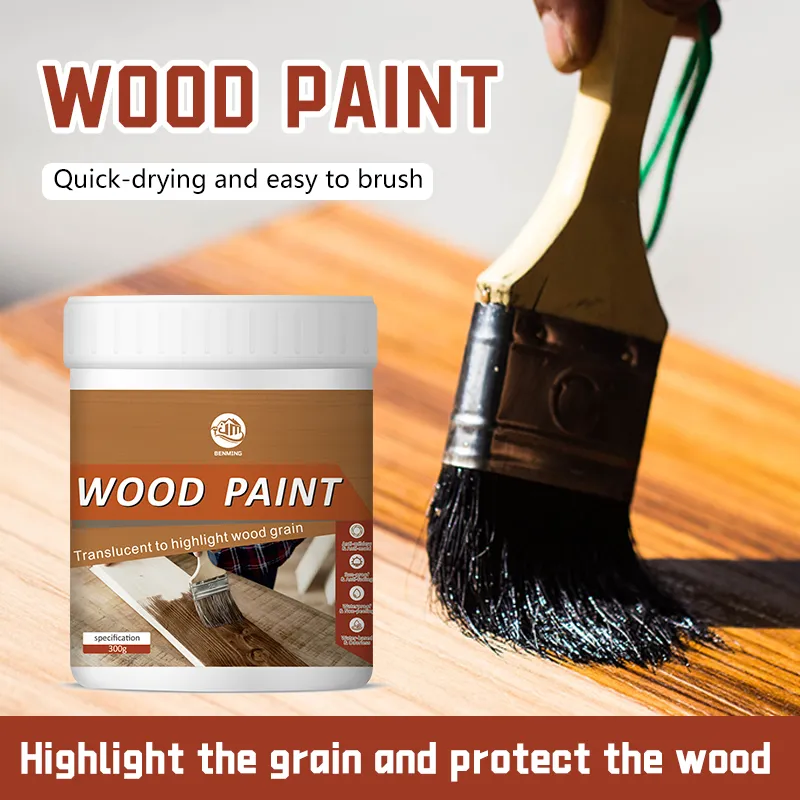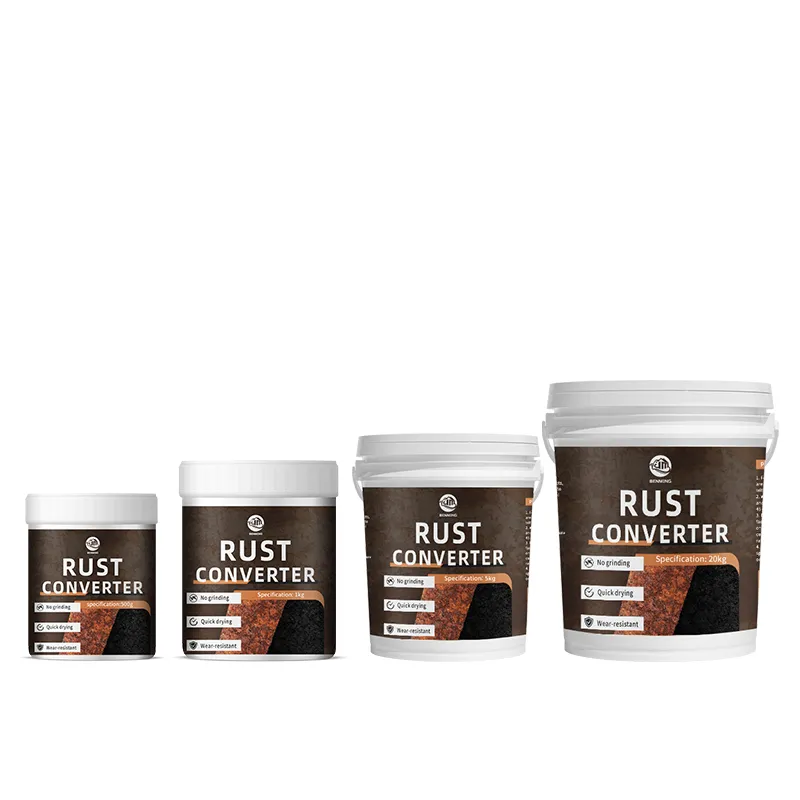Understanding Waterborne Wood Paint: A Sustainable Choice for Wood Finishing
Oct 11,2025
In the realm of woodworking and finishing, the choice of paint can significantly impact both the aesthetic and functional properties of the final product. One increasingly popular option is waterborne wood paint, which is formulated using water as the primary solvent. This innovative approach has been gaining traction due to its numerous benefits, making it a preferred choice for professionals in the chemical and coatings industry.
Waterborne wood paints consist of acrylic or polyurethane resins dispersed in water, which allows for easier application and clean-up compared to their solvent-based counterparts. One of the primary advantages of waterborne formulations is their reduced environmental impact. Since they contain lower levels of volatile organic compounds (VOCs), they contribute to better indoor air quality and pose fewer health risks to both workers and consumers. This feature aligns with the growing demand for eco-friendly products, making waterborne wood paints an attractive option for sustainability-minded professionals.
Another significant benefit of waterborne wood paints is their rapid drying time. Unlike traditional oil-based paints that can take hours or even days to cure, waterborne alternatives typically dry within minutes to a few hours. This efficiency not only accelerates production timelines but also reduces the time that finished products must be kept away from use, thereby improving overall productivity. Additionally, these paints exhibit excellent adhesion and durability, ensuring that the finished surface can withstand wear and tear while maintaining its appearance over time.
It is also worth noting that waterborne wood paints offer a diverse range of finishes, from matte to high gloss, allowing for creative flexibility in design. This versatility makes them suitable for various applications, including furniture, cabinetry, and decorative woodwork. Furthermore, these paints can be tinted to achieve a wide spectrum of colors, enabling professionals to meet specific customer preferences and project requirements effectively.
When using waterborne wood paints, it is essential to consider surface preparation and application techniques for optimal results. Surfaces should be clean, dry, and properly sanded to ensure proper adhesion. Using appropriate brushes, rollers, or spray equipment can also enhance the application process, resulting in a smooth and even finish.
In summary, waterborne wood paint represents a modern, sustainable solution for wood finishing in the chemical and coatings industry. Its numerous benefits, including lower environmental impact, faster drying times, and versatile finishes, make it an ideal choice for professionals looking to enhance both the quality and sustainability of their work. As the industry continues to evolve, embracing waterborne formulations could be a key strategy for staying competitive and meeting the evolving needs of consumers.
Waterborne wood paints consist of acrylic or polyurethane resins dispersed in water, which allows for easier application and clean-up compared to their solvent-based counterparts. One of the primary advantages of waterborne formulations is their reduced environmental impact. Since they contain lower levels of volatile organic compounds (VOCs), they contribute to better indoor air quality and pose fewer health risks to both workers and consumers. This feature aligns with the growing demand for eco-friendly products, making waterborne wood paints an attractive option for sustainability-minded professionals.
Another significant benefit of waterborne wood paints is their rapid drying time. Unlike traditional oil-based paints that can take hours or even days to cure, waterborne alternatives typically dry within minutes to a few hours. This efficiency not only accelerates production timelines but also reduces the time that finished products must be kept away from use, thereby improving overall productivity. Additionally, these paints exhibit excellent adhesion and durability, ensuring that the finished surface can withstand wear and tear while maintaining its appearance over time.
It is also worth noting that waterborne wood paints offer a diverse range of finishes, from matte to high gloss, allowing for creative flexibility in design. This versatility makes them suitable for various applications, including furniture, cabinetry, and decorative woodwork. Furthermore, these paints can be tinted to achieve a wide spectrum of colors, enabling professionals to meet specific customer preferences and project requirements effectively.
When using waterborne wood paints, it is essential to consider surface preparation and application techniques for optimal results. Surfaces should be clean, dry, and properly sanded to ensure proper adhesion. Using appropriate brushes, rollers, or spray equipment can also enhance the application process, resulting in a smooth and even finish.
In summary, waterborne wood paint represents a modern, sustainable solution for wood finishing in the chemical and coatings industry. Its numerous benefits, including lower environmental impact, faster drying times, and versatile finishes, make it an ideal choice for professionals looking to enhance both the quality and sustainability of their work. As the industry continues to evolve, embracing waterborne formulations could be a key strategy for staying competitive and meeting the evolving needs of consumers.
Keyword:
Latest News







